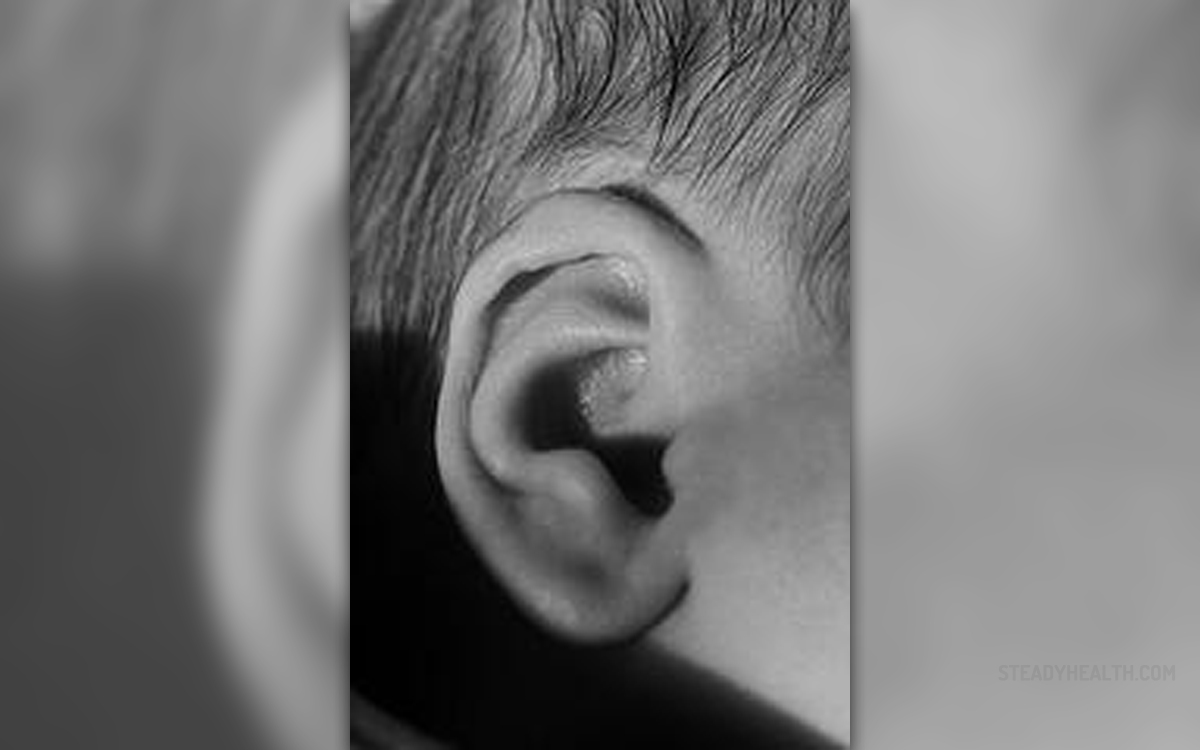
Ear infections frequently affect young children, especially infants. The explanation is quite simple. The Eustachian tube is an organ of the ear which connects the inner ear with the nasopharynx, allows draining of mucus and makes sure that the pressure in the inner ear stays the same as the one in the outer ear. This organ is in children smaller and placed more horizontally, thus allows the inner ear to get easily inflamed (fluid and mucus remain in the inner ear more than they are removed).
Children already suffering from cold, allergies, sinus infection and similar illnesses are at higher risk of developing ear infection. There are otitis media (inflammation of the middle ear) and otitis externa (inflammation of the outer ear). In infants and little children inflammation predominantly affects the middle ear.
What Causes Ear Infection in Infants?
Apart from the predisposition which has already been explained, infants are more susceptible to inner ear infection comparing to adults due to weaker immune system. Their immune system is not fully developed, therefore cannot function adequately. It is reported that several more factors may contribute to such infection such as exposure to tobacco smoke and living in environment with more pollutants present. Allergies, genetic disorders as well as immunity related disorders only increase the risk of developing ear infection. And finally, the problem most commonly occurs during winter months although it may occur all through the year.
Clinical Characteristics of Ear Infection in Infants
Inflammation of the ear leads to irritation, pain and discomfort. The child may frequently lean onto the affected side, cry, scream and be quite agitated. There is usually fever since little children tend to develop increased body temperature each time they are suffering from any kind of infection. Decrease in stamina, lack of appetite and enthusiasm, clumsiness are several more characteristics of the infection.
Diagnosis and Treatment for Ear Infection in Infants
The condition is easily confirmed by a well experienced pediatrician after proper physical and ear, nose and throat exam. In order to inspect the inside of the affected ear the doctor uses an instrument called otoscope.
Treatment for ear infection deals with pain, eradicates the infection and prevents potential complications as well as recurrence of the disease.
In majority of cases, if the infection is bacterial, children are treated with antibiotics. Children younger than 2 years of age are treated for 10 days while older children must take antibiotics for 7 days. Most children who are not allergic to penicillin are prescribed amoxicillin. Furthermore, if the child has fever, the doctor prescribes some drugs which will bring increased body temperature under control.



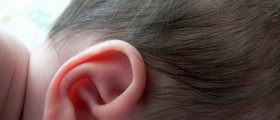
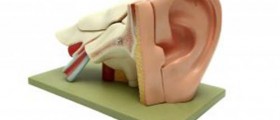
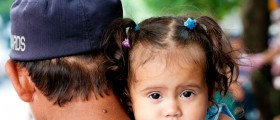




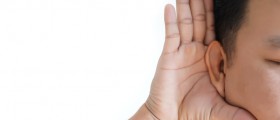


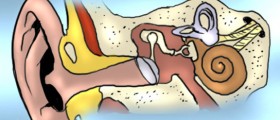
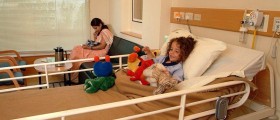


Your thoughts on this
Loading...